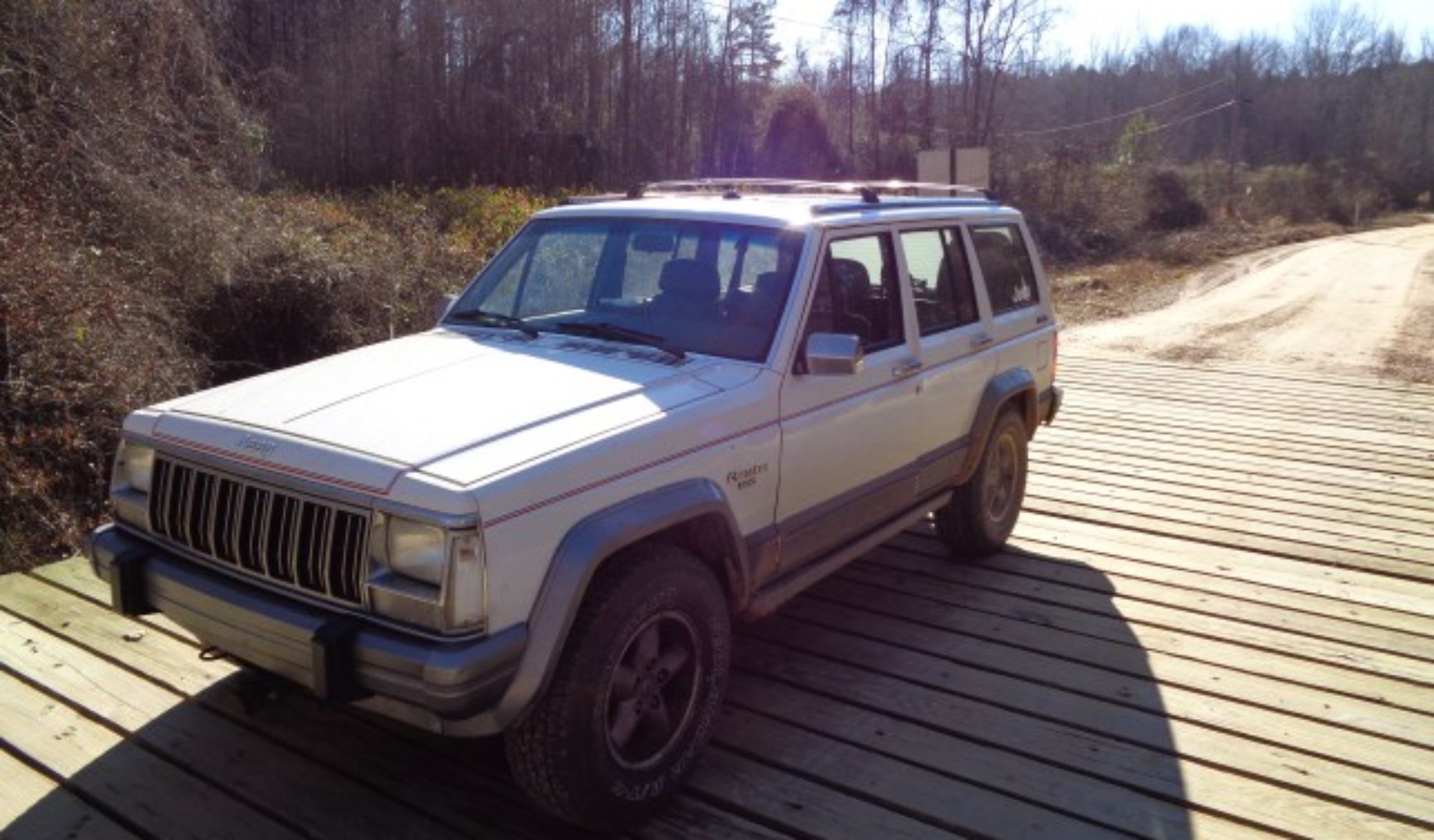Ford 600 Carburetor Repair
My old Ford tractor runs pretty well now after I installed an electronic ignition. But it still occasionally stalls. Often it stalls in awkward places. My property is pretty hilly and sometimes it stalls on a hill where backing back down is scary. I don’t always use it like I would like to because of the stalling problem.
I had originally thought its was not having enough fuel in the tank. I had a leak at the fitting under the tank so I never liked to put in more fuel than I was going to use because it would leak out before I used the tractor again. I finally fixed that leak, but I was still having trouble with it stalling.
I have carried a long heavy screwdriver with me for a while when I use the tractor. I found years ago that I could tap on the side of the carburetor in just the right spot and it would start running again. Sometimes I had to remove the fuel bowl, but often I could just tap the side. It seemed to me that the float was sticking not letting in fuel.
Today I remembered some advice I received form a mechanic years back. He told me when I have this trouble with the tractor to remove the carburetor, take it apart and then put it back together. He said I would see nothing wrong but it would work.
I realized today after the sixth or seventh time that it stalled and I had to whack the carburetor that it had been a long time since I had taken it off the tractor.
I got it to run enough to get back to the barn and rounded up the two wrenches and screwdriver needed for the job.
First I shut off the fuel supply at the tank. Next using a 9/16 wrench, I removed the fuel bowl from the carburetor leaving it attached to the fuel line. I then loosened the two ½ inch nuts that hold the carburetor to the manifold. The manifold was hot so I had to work quickly so as not to burn my fingers.
Next I held the carburetor in one hand and removed the last nut with the other. I then slipped the two control linkages of the ball pivots. Just pull back on the connector to make them release.
With the carburetor off, I removed the four screws that hold the two halves together. One is longer than the others. I carefully separated the two halves being careful not to change the mixture adjustment.
I then poured out he gas that was in the bowl. I removed the pin that holds the float assembly and then pulled out he float valve from the top of the carburetor.
Just as I had been told I saw nothing wrong. I used some cleaner to spray in the passages where the fuel comes in and cleaned a small amount of rust out of the bottom of the bowl.
I carefully put it all back together. All the gaskets had separated cleanly so I just reused them.
I put the linkage back on the carburetor and then put it back on the manifold. Starting the two nuts was tricky because the manifold was still hot. After the carburetor was secure, I reconnected the fuel bowl making sure the copper washers were in the right places.
I then open the fuel valve and started it up. It ran rough for a minute or two. I guess it had to clear out the cleaner that was still in the passages. But after it smoothed out, the old Ford 600 ran great again.
I used the tractor for another hour and it never stalled again. I am sure glad I remembered the advice to take it apart and put it back together again. It took less than twenty minutes to do and sure made the rest of the time with the tractor more productive.
[phpbay]ford 600 carburetor, 10[/phpbay]

 HELP Wiper bushing kit
HELP Wiper bushing kit


































